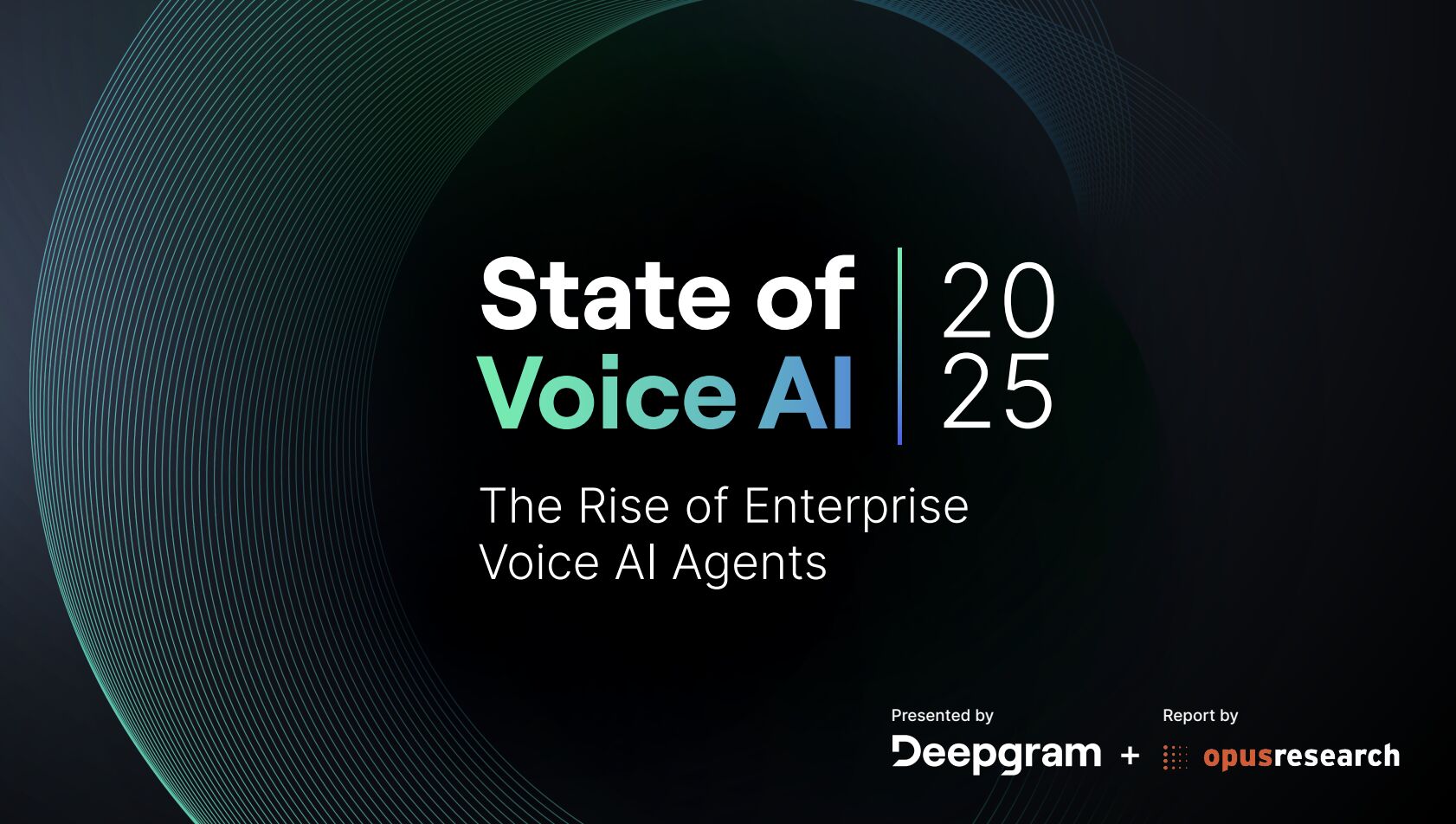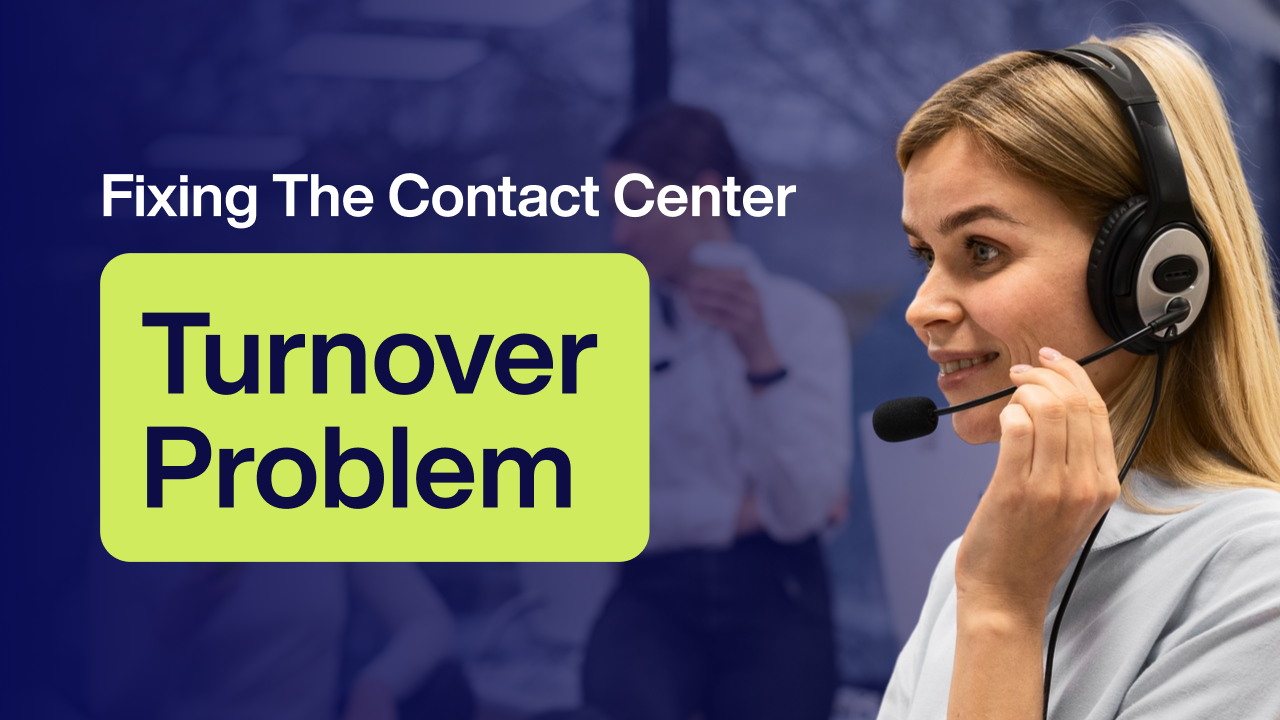From Empty Slots to Full Days: Hybrid AI Scheduling for Health Systems

The 10:12 a.m. gap you never get back
A patient cancels mid-morning. The access center pulls a list, starts dialing, and leaves voicemails. By the time someone answers, the slot is gone. The provider catches up on notes but finishes the day with unfilled capacity and a fuller inbox. Multiply that by every clinic, every day, and it feels like an unavoidable tax on productivity.
It is not. Health systems can reclaim these minutes with a hybrid AI approach that pairs always-on outreach with seasoned schedulers who handle the edge cases.
Where schedules quietly leak capacity
- Schedule adherence and provider productivity: Mismatched templates, missing pre-visit steps, and last-minute changes create idle time and after-hours work.
- Capacity utilization: Limited visibility into real-time supply and demand makes it hard to reshape the day, open smart double-book windows, or unlock held slots with confidence.
- Open and advanced access: Short-notice appointments depend on fast, targeted outreach and living waitlists; manual processes rarely move quickly enough.
Hybrid AI, not bots alone
Pure automation struggles with multi-clinic rules, referral constraints, and patient preferences. A hybrid model treats AI as the first responder and humans as expert escalations.
How it works
- AI voice and digital outreach: EGS Grace, our hybrid AI voice bot, engages patients across voice and text, verifies details, proposes times that respect complex rules, and confirms appointments in seconds.
- Human schedulers for exceptions: Nearshore specialists in Mexico step in for multi-modality visits, referral nuances, language needs, and empathy-first situations. They resolve quickly and feed learning back into the AI.
- Continuous tuning: Patterns from cancellations, no-shows, and template performance inform smarter slot protection, reminder timing, and follow-up workflows.
Addressing the hard questions
- Patient experience: Natural language conversations with instant live handoff when needed. No dead ends or long menus.
- Compliance-first: Built for HIPAA and regulated workflows, with consent handling, audit trails, and security controls aligned to healthcare standards.
- EHR and EPM friendly: Integrates with existing systems and governance. No rip-and-replace; start with targeted clinics and expand.
Impact beyond cost
- Filled schedules, fewer no-shows: Proactive outreach and living waitlists convert late cancellations into kept appointments.
- Higher provider productivity: Better template adherence, on-time starts, and less end-of-day administrative catch-up.
- Burnout reduction: Predictable days and fewer manual chases for staff and clinicians.
- Strategic gains: Faster access for high-priority patients, improved panel management, and support for value-based care metrics.
What good looks like in 90 days
- Clinic-specific playbooks: rules, templates, and referral pathways codified.
- Activated waitlists and same-day outreach that reliably fills last-minute openings.
- Dashboards for fill rate, schedule adherence, and exception handling with clear accountability.
Why EGS
Emerging Global Services pairs practical AI with experienced humans to lift scheduling performance across health systems. We specialize in regulated environments with a compliance-first posture, leverage nearshore BPO teams in Mexico for quality and agility, and deploy Grace to handle high-volume voice at scale. Led by founder Steve Shefveland, EGS delivers pragmatic improvements fast without disruption. If your goal is fuller schedules, less burnout, and better patient access, EGS is the partner to make it real.

No Spam —
Just Good Stuff.
Join our newsletter for actionable advice, insider knowledge, and strategies that drive real results.
No fluff, just value.
.png)
%20(1).png)
From The Blog
Read All Articles
Hybrid AI in Banking: Handling Complex Service Without Losing the Human Touch

Hybrid AI for Financial Services: Solving Complex Service Without Losing the Human Touch

How Hybrid AI Reduces Patient No-Shows and Scheduler Burnout

Hybrid AI That Actually Moves the Needle in Healthcare RCM

How AI-Human Collaboration Elevates Quality Assurance on the Factory Floor

Why Nearshore Hybrid BPOs Outperform Offshore Automation Centers

How Hybrid AI Voice Bots Elevate CX and Make Agents Unstoppable

AI‑Human Hybrid Support That Elevates Fraud Detection and Compliance

How Hybrid AI Streamlines Healthcare Revenue Cycle—Without Losing the Human Touch

AI-human hybrid quality assurance for supply chain accuracy

Why Nearshore Hybrid BPOs Outperform Offshore Automation Centers

AI + Human QA on the Line: How Hybrid Teams Raise Manufacturing Quality

Why Nearshore Hybrid BPOs Outperform Offshore Automation Centers

How AI-Human Collaboration Elevates Quality Assurance in Modern Manufacturing

Hybrid AI That Keeps Schedules Full: Reducing Patient No‑Shows and Burnout

Why Nearshore Hybrid BPOs Outperform Offshore Automation Centers

Hybrid AI That Quietly Fixes Healthcare RCM—Starting With the Schedule

How AI-Human Collaboration Raises the Bar on Manufacturing Quality Assurance

How Hybrid AI Tackles the Toughest Banking Service Moments

AI + Human QA: How Hybrid Teams Catch Defects Early and Strengthen Audits

How Hybrid AI Cuts Churn in Telecom and Retail—Without Losing the Human Touch

Hybrid AI for Financial Services: Faster Resolution, Stronger Compliance, Human-Centered Support

Hybrid AI That Fills Schedules and Eases Burnout: Reducing Patient No-Shows in Healthcare

Hybrid AI-human support that strengthens fraud detection and compliance—without breaking customer trust

AI + Humans: Elevating Quality Assurance on the Factory Floor

AI-human hybrid quality assurance for supply chain accuracy

Hybrid AI That Keeps Schedules Full—and Clinicians Fresh

AI-Human Hybrid Support: Stronger Fraud Detection and Compliance at the Contact Center

Why Nearshore Hybrid BPOs Outperform Offshore Automation Centers

From Empty Slots to Full Days: Hybrid AI Scheduling That Reduces Burnout

From No‑Shows to Full Days: Hybrid AI That Fixes Provider Schedules Without Burning Out Staff

From Empty Slots to Full Schedules: Hybrid AI That Boosts Access and Reduces Burnout

Stop the Scheduling Spiral: Hybrid AI That Fills Schedules Without Burning Out Providers

Stop Empty Slots from Fueling Burnout: Hybrid AI-Human Scheduling for Health Systems

From Hold Music to Full Schedules: Hybrid AI That Lifts Provider Productivity Without Burning Out Staff

Stop the Scheduling Whiplash: Hybrid AI That Fills Last‑Minute Openings Without Burning Out Your Staff
.png)
Stop the Scheduling Spiral: How Hybrid AI Keeps Providers Productive and Patients Seen
.png)
AI & Financial Services: Where Compliance Meets Conversation

E-commerce's Hybrid AI Advantages: From Order Status to Complicated Returns
.png)
Customer Service & Experience East 2025 (Reuters Events)
.png)
NACHC’s Workforce Conference (formerly FOM/IT)
.png)
Healthcare's AI-Human Sweet Spot: When Empathy Meets Efficiency
.png)
Choosing the Right Contact Center Technology Stack for Your Industry
.png)
Order Management Support: Where AI Excels & Where It Fails
.png)
Customer Success vs. Customer Support: When to Use AI vs. Human Touch

687% Increase in Referral Processing in 6 Months: How One Healthcare Organization Turned Its Patient Support Around

5 Warning Signs Your Medical Referral Process Needs Immediate Attention

AI‑Powered Healthcare Contact Centers: What CX Leaders Need to Know

AI‑Powered Healthcare Contact Centers: What You Need to Know

Healthcare Contact Centers: What Others Are Just Diagnosing, EGS Has Already Solved

Real-Life Use Cases of Contact Center Automation for Cost Reduction

5 Proven Use Cases of Contact Center Automation That Cut Costs by Up to 30%

How Leading Companies Are Reducing Support Costs and Boosting Customer Satisfaction with AI

Real-Life Use Cases of Contact Center Automation for Cost Reduction

Unlocking Efficiency, Speed, and Patient Satisfaction through AI

How Healthcare Leaders Can Leverage AI to Transform Customer Experience (CX)

FQHC-Led Medicaid ACO Innovation: How Illinois is Reinventing Community Care through Value-Based Models

Expanding Access to Mental Health: How Telebehavioral Health Is Transforming Care in Frontier Idaho

Idaho’s Medicaid Expansion: Fueling Growth and Stability in Community Health Centers

Integrating Native Hawaiian Healing Practices: A Cultural Shift in Community Healthcare

Connecting Islands Through Telehealth: How Hawaii’s FQHCs Are Breaking Barriers with Virtual Care

How EGS Leverages Extensible, Integrated Technology to Simplify Health Systems

Addressing Georgia's Maternal Health Crisis: How FQHCs Are Leading the Way




















.png)


.png)
.png)
.png)
.png)
.png)
.png)
.png)
.png)
.png)
.png)



